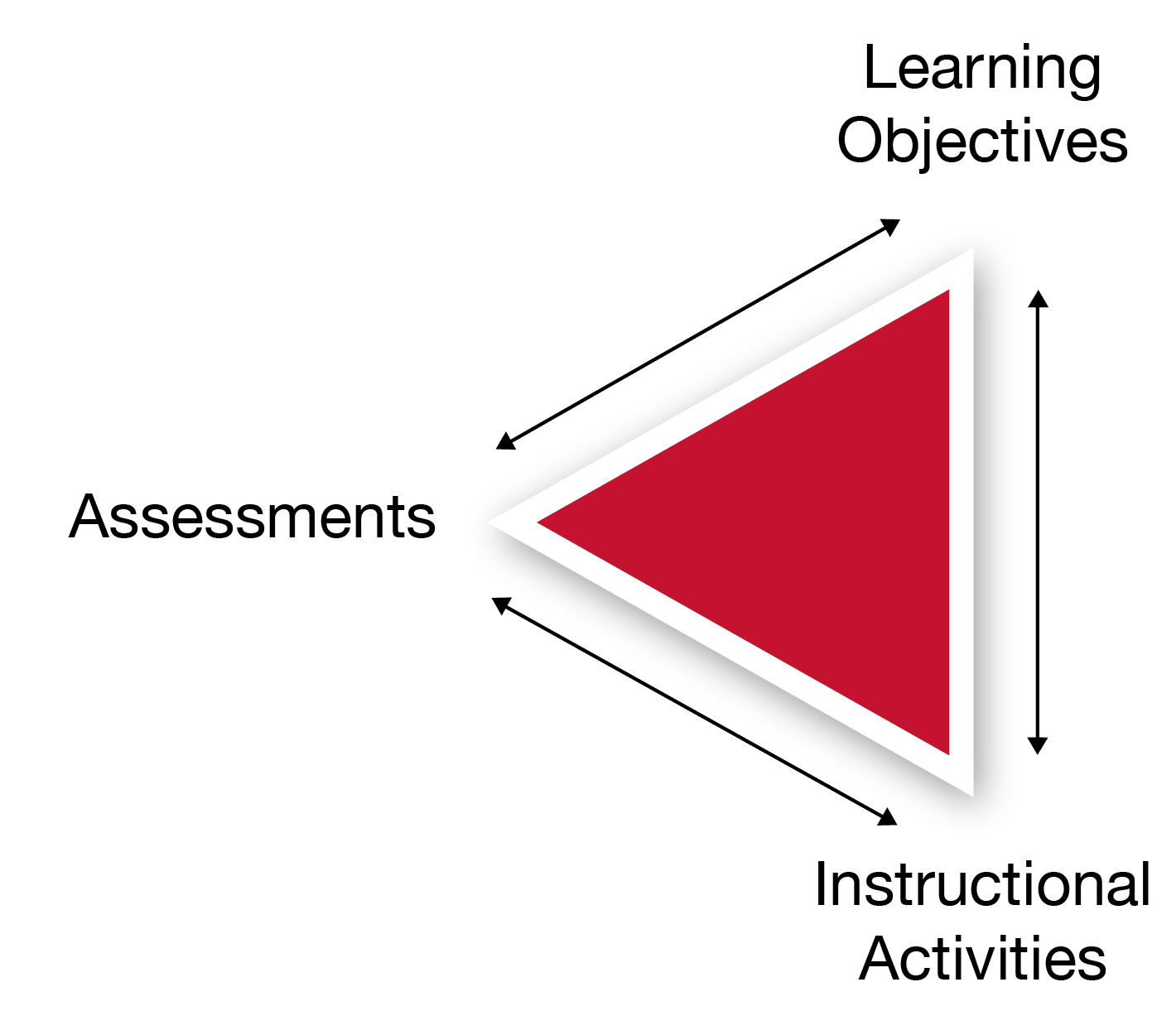How to Enhance Inclusivity and Belonging in Teaching
This section provides concrete strategies and examples for how to intentionally enhance inclusivity and belonging in your teaching. These are organized by elements of course design and course delivery, illustrating the numerous ways that one can teach more inclusively and foster a sense of belonging for students. Each element of course design and delivery contains numerous strategies, broadly applicable across disciplines and course formats.
Strategies & Examples:
 Course Delivery
Course Delivery
How do I use these strategies?
- Select and read about a strategy that intrigues you. Each strategy lists more concrete, disciplinary examples that illustrate how the strategy can be implemented in different contexts.
- As you consider how to adapt a strategy or example to your own teaching, be mindful of the short list of considerations (i.e., best practices for implementation). The efficacy of any teaching strategy depends on its implementation.
- Finally, please note that no strategy is one size fits all. If you are interested in translating strategies to your own teaching context, contact an Eberly colleague at eberly-assist@andrew.cmu.edu.
Why do these strategies work?
Research suggests strong positive correlations between students’ sense of belonging (in a course, discipline, or learning environment) and their motivation and persistence. Similarly, motivation is positively correlated with effort and learning outcomes. The strategies presented here draw on the evidence-based principles from education research that help enhance motivation, belongingness, achievement, and inclusion for all.
Where do the discipline-specific examples come from?
CMU faculty participating in a series of departmental workshops in 2020 generated the examples featured here. Disciplinary representation reflects workshop participation, NOT the extent to which strategies or examples are transferable. In fact, many examples could represent any discipline. Here, disciplinary attribution simply credits the creative and insightful contributions of our colleagues (thank you, we are grateful).
Eberly colleagues are here to help!
Eberly colleagues are available to help you translate strategies and examples to your particular teaching context (eberly-assist@andrew.cmu.edu).
 Course Design
Course Design